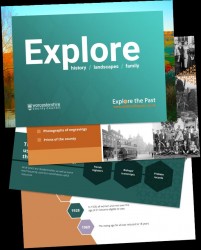 I was unexpectedly asked to review this new eguide Explore History Landscapes Family published by Worcestershire County Council. It is 73 pages on researching at the Worcester Archive and Archaeology Service and available to download for £6. The Archive offers fee based services including digitisation (no more waiting for photocopies in the mail), a research service and an archaeology service if you have an interest in landscapes or historical buildings.
I was unexpectedly asked to review this new eguide Explore History Landscapes Family published by Worcestershire County Council. It is 73 pages on researching at the Worcester Archive and Archaeology Service and available to download for £6. The Archive offers fee based services including digitisation (no more waiting for photocopies in the mail), a research service and an archaeology service if you have an interest in landscapes or historical buildings.
There are over 12 miles (just over 19 kilometres) of records dating between the 12th and 21st centuries which is amazing for a small English county when compared to some of our Australian state archives (for example Public Record Office Victoria was only established in 1973 although the records date back to the 1830s). There are also 20,000 books in their library, all listed in the Worcestershire Library catalogue. Remember it is always useful to read about the history of an area to give background context to your family and the community in which they lived.
I have not seen anything like this written by archival staff for the other English counties and it is a great idea for anyone researching their family history. It is primarily designed for those who are not able to visit easily, and the focus is on more frequently used records which are also found in other county archives, giving this eguide a much broader appeal.
Contents include:
- From the team
- Section 1: Researching Worcestershire
- Section 2: Local Studies & Archaeology Reference Library
- Section 3: Maps and plans
- Section 4: The evidence of archaeology and historic buildings
- Section 5: Trade directories
- Section 6: Census
- Section 7: Photographs, prints & engravings
- Section 8: Newspapers
- Section 9: Church of England records
- Section 10: School records
- Section 11: Electoral registers
- Section 12: Records of the Courts of the Quarter Sessions
- Section 13: Copyright
- Section 14: Frequently asked questions
- Appendices:
- A: Glossary of terms
- B: Church of England structure for the Diocese of Worcester.
As an archivist, what I like about the guide is that it is arranged by types of records rather than all grouped under a generic description of local or family history. It is not something that you read from cover to cover, although that is not a bad idea as it may suggest records you have never thought of looking at. There are links to the online catalogue and other resources, one of the advantages of an eguide over a paper publication.
A closer look at some of the sections will clearly illustrate why the eguide will be of assistance to anyone with Worcestershire ancestors.
Section 3 on maps and plans looks at ordnance survey maps (first mapped in 1884), tithe maps (majority in the 1840s and 1850s), enclosure maps (between 1760 and 1860), estate maps (notable landowners) and other maps and plans of interest (fire insurance maps took my interest). Each section links to further information about the maps and how to use them. There are illustrations which show what each type looks like and the detail available on the maps.
Section 7 on photographs was also fascinating and I could look at photos all day. There are over 85,000 in the collection including aerial photographs. Unfortunately, the images are not online, but copies can be ordered. We are spoilt somewhat with free access to Australian resources such as photographs and newspapers through Trove (National Library of Australia). It is a timely reminder that not everything is online although we can use online catalogues to locate material and order copies if we cannot visit in person.
Section 9 on Church of England records looks at the usual baptisms, marriages and burials but what is of more interest are the sections on vestry minutes, poor law papers, graveyard records and monumental inscriptions and will and probate records. The latter are not as straight forward to research as they are in Australia, so a detailed guide is useful. This section also looks at other denominations including Quaker, Catholic, Methodist and Baptist.
Section 10 on school records starts with the fact that compulsory education was only introduced in 1870 for children aged between 5 and 13 years old. Records are like what we have here including admission registers and punishment books. Interestingly there is 100-year closed access to admission registers due to privacy yet here in Queensland it is 15 years and some registers have been digitised and are online free to view. A quick look at a register from 1941 shows the student’s name, age, date of birth, name and address of father and religion. We are definitely spoilt in Australia with our free access to government and library records (and I acknowledge that not all states/territories are equal with online records).
The eguide has certainly broadened my knowledge of what may be available in county records, and how to find them in an online catalogue. If you cannot personally visit, the guide is useful as it allows you to plan what a record agent may be able to search for you or you may be able to order copies direct.
Finally, remember to check out the website www.explorethepast.co.uk as there is a lot of information and other links to follow up. Their blog also has some interesting stories if you love reading about old England. One of my Arts majors was in archaeology and seeing some of their projects has reawakened those interests.
I am now wishing that I had ancestors from Worcestershire but instead I will use this guide to see what I can find on the counties my ancestors did come from.
Eguides are a cheap and quick way to learn about an area you are researching. Anyone with Worcestershire roots should buy themselves a copy of this handy guide.
Thanks to the Worcestershire Archive and Archaeology Service for the opportunity to do this review.
Shauna Hicks
https://diaryofanaustraliangenealogist.blogspot.com.au

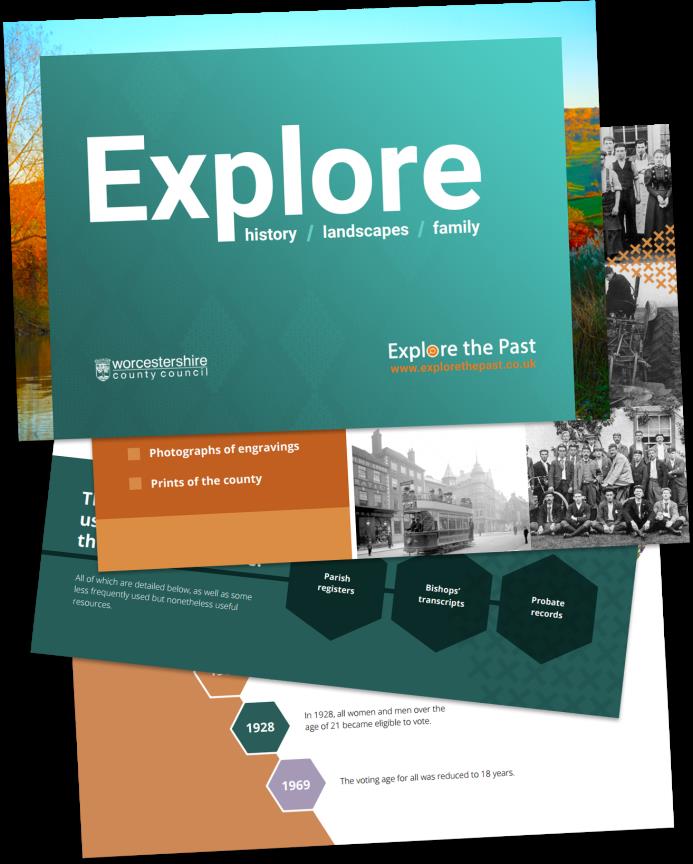
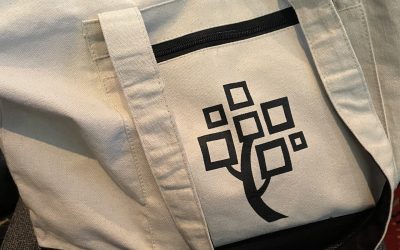
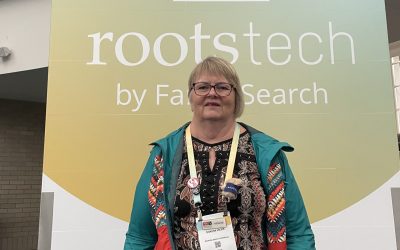
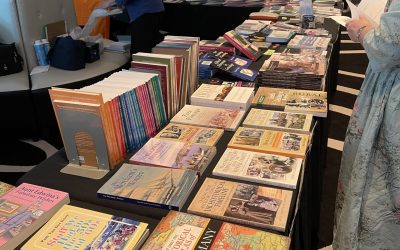
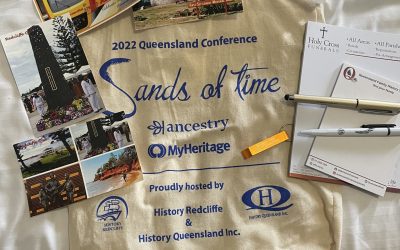
0 Comments